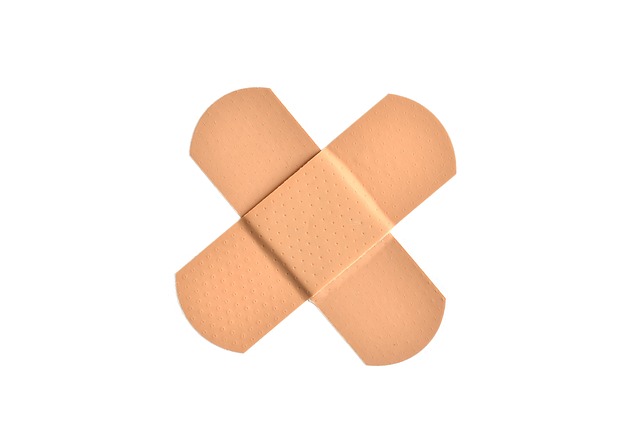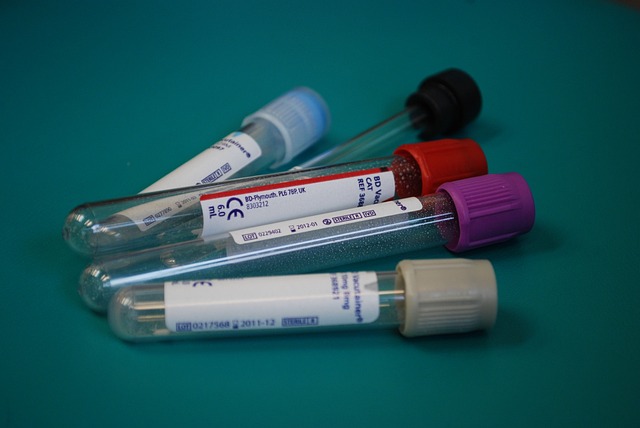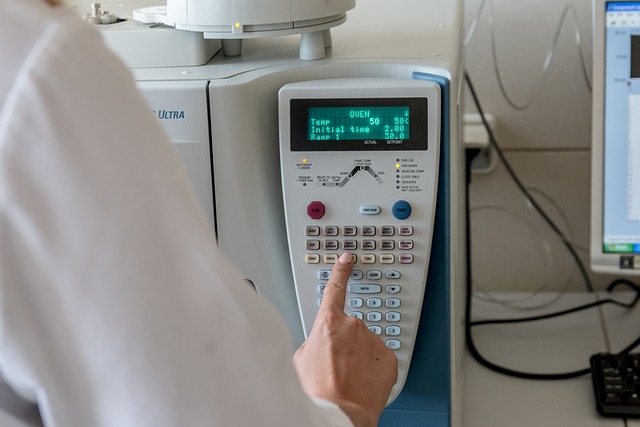
Orthostatic Hypotension
Understanding Orthostatic Hypotension
Orthostatic hypotension, often referred to as postural hypotension, is a condition that occurs when your blood pressure drops significantly when you stand up from a sitting or lying position. This sudden drop can lead to symptoms like dizziness, lightheadedness, or even fainting. It’s not just an inconvenience; it can impact daily activities and overall quality of life. Let’s dive into what causes this condition, its symptoms, and how it can be managed.
What Causes Orthostatic Hypotension?
Several factors can contribute to orthostatic hypotension, including:
- Dehydration: When the body loses more fluids than it takes in, it can lead to decreased blood volume. This can happen due to fever, vomiting, or excessive sweating, especially during strenuous exercise. 🌡️
- Postprandial Hypotension: Some individuals experience a drop in blood pressure after eating, particularly older adults. This is known as postprandial hypotension and can lead to feelings of weakness or dizziness.
- Medications: Certain medications, such as those used to treat Parkinson’s disease, antidepressants, and muscle relaxants, can increase the risk of orthostatic hypotension. Always consult with a healthcare provider if you notice symptoms after starting a new medication.
- Heat Exposure: Being in hot environments can cause heavy sweating and dehydration, which may lower blood pressure and trigger orthostatic hypotension.
- Prolonged Bed Rest: Staying in bed for extended periods due to illness or injury can weaken the body and contribute to this condition.
Recognizing the Symptoms
Symptoms of orthostatic hypotension can vary from person to person, but common signs include:
- Dizziness or lightheadedness when standing up
- Fainting or feeling faint
- Blurred vision
- Weakness or fatigue
If you experience any of these symptoms, especially frequently, it’s wise to consult a healthcare professional for advice.
Managing Orthostatic Hypotension
While orthostatic hypotension can be a concern, there are several strategies to help manage it:
- Stay Hydrated: Ensure you are drinking enough fluids, particularly water. This is especially important in hot weather or during exercise.
- Gradual Position Changes: When moving from a sitting or lying position to standing, do so slowly. This can help your body adjust and minimize symptoms.
- Compression Stockings: Wearing compression stockings can help improve blood circulation and reduce symptoms.
- Dietary Adjustments: Eating smaller, more frequent meals can help prevent postprandial hypotension.
- Consult Your Doctor: If you suspect that medications are contributing to your symptoms, talk to your healthcare provider about alternatives.
Final Thoughts
Orthostatic hypotension can be a manageable condition with the right strategies and awareness. If you or someone you know is experiencing symptoms, don’t hesitate to reach out to a healthcare professional for guidance. Understanding your body and how it reacts to different situations is key to maintaining your health and well-being. 🌟

















 The Albumin/Creatinine Ratio in Urine
The Albumin/Creatinine Ratio in Urine 
 Health
Health  Fitness
Fitness  Lifestyle
Lifestyle  Tech
Tech  Travel
Travel  Food
Food  Education
Education  Parenting
Parenting  Career & Work
Career & Work  Hobbies
Hobbies  Wellness
Wellness  Beauty
Beauty  Cars
Cars  Art
Art  Science
Science  Culture
Culture  Books
Books  Music
Music  Movies
Movies  Gaming
Gaming  Sports
Sports  Nature
Nature  Home & Garden
Home & Garden  Business & Finance
Business & Finance  Relationships
Relationships  Pets
Pets  Shopping
Shopping  Mindset & Inspiration
Mindset & Inspiration  Environment
Environment  Gadgets
Gadgets  Politics
Politics 